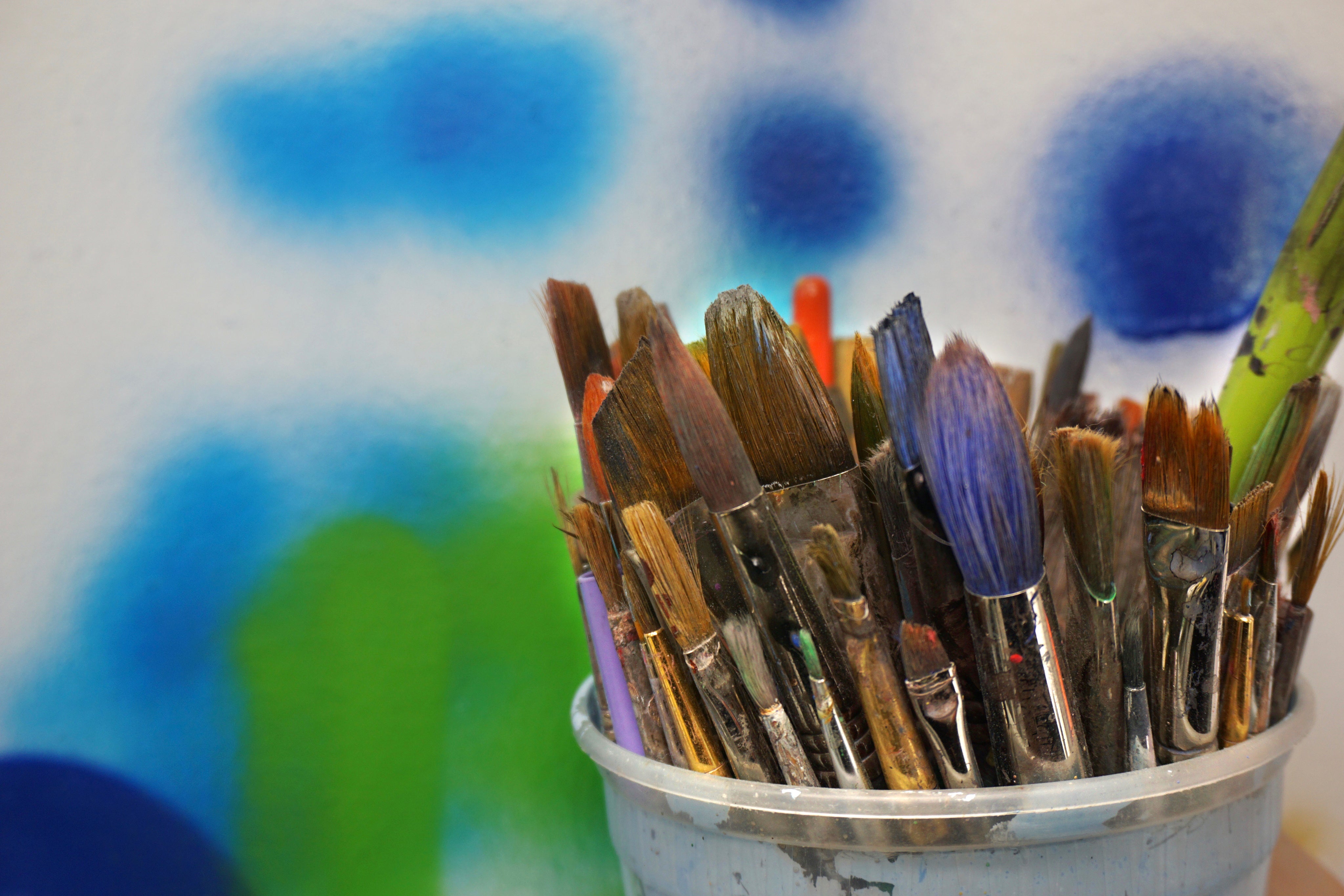From full-blown renovations to simple refreshes, picking the perfect color palette for your room can make all the difference. It sets the mood, shapes the atmosphere, and even influences how you feel in that space. But with endless hues and shades to choose from, finding the perfect combo can feel overwhelming.
To help you out, we've come up with some tips and tricks to help you choose the best color palette for your room.
Think About the Vibe
Before you whip out the paint sample cards and start browsing through color swatches, take a minute to think about the vibe you want to create in your room. Ask yourself: How do I want to feel when walking into this room? Is it a space for relaxation, or is it a space for creativity and productivity?
If you're unsure, tap into color theory to guide you. Color theory suggests that certain colors are associated with specific emotions and vibes. Warm colors like earthy browns, golden yellows, and rich reds evoke warmth and coziness, while cooler colors like blues and greens create a sense of calm and relaxation.
Living rooms are often cozy and welcoming, so warm and inviting colors like earth tones or soft neutrals are a good choice. Kitchens, on the other hand, often benefit from bright and energetic colors that promote an appetite and create a lively atmosphere. Think zesty citrus shades or earthy terracotta tones.
Consider the Size, Layout, and Lighting
Once you know how you'd like to feel in the space, it's time to think about logistics.
Consider the size, layout, and lighting of the room:
- Size and scale: If it's a smaller space, consider using lighter colors to create the illusion of a larger room. Lighter hues like airy blues, soft greens, or creamy whites can visually expand the room and make it feel airier. Consider reflective finishes like satin or eggshell to bounce light and add depth. If it's a larger room, you have more flexibility with color choices and can experiment with darker and bolder tones. But remember, darker colors can make walls appear closer, so use them strategically or balance them with lighter accents.
- Layout and flow: With an open floor plan and connected spaces, it's important to consider how the colors flow from one area to another. You can create a cohesive feel using a consistent color palette throughout the connected spaces. Compartmentalized rooms allow you to play with contrasts and create distinct moods in each space.
- Lighting and shadows: Does your room bask in sunlight or stay mostly in the shade? Choose warmer colors like yellows or oranges to enhance natural light in darker spaces while opting for cooler blues or greens to balance bright, sun-drenched rooms. Remember to consider artificial lighting as well. Warm incandescent bulbs can make cooler colors appear muddy, while fluorescent lights can distort warmer hues. Choose paint colors that work well with your existing lighting, or plan to adjust the bulbs accordingly.

Photo: via Shutterstock.com
Explore and Be Inspired
Getting the tone and atmosphere right in your room is easier if you have something to go off of.
Here are some resources to help get your creative juices flowing:
- Pinterest: Create a "Dream Room" board where you pin images of spaces that capture your desired vibe. Whether it's a cozy living room bathed in warm golden hues or a bright and airy kitchen adorned with cool greens and zesty citrus accents, let your board manifest your ideal color story.
- Interior design websites: Websites like Houzz, Apartment Therapy, and Domino offer a plethora of interior design inspiration, including color palettes for different room types and styles. Use the search filters to focus on specific room types, themes, or color schemes that resonate with you.
- Instagram: Follow hashtags like #interiordesign, #colorinspiration, and #colorpalette to discover a vibrant feed of real-life spaces that can inspire your own room. You can also follow us on Instagram for further ideas and insights!
- Color palette trends: Predicted color trends for 2024 include earthy tones, warm neutrals, and muted pastels. Some of BEHR's 2024 color palette trends include Weathered White, Even Better Beige, and the color of the year, Cracked Pepper.
Remember, inspiration can come from anywhere! Flip through design magazines, visit paint stores to browse color chips, or even walk through your neighborhood to admire houses with interesting color schemes. There's no "one size fits all" approach to finding your room's perfect palette, so don't be afraid to explore different sources and let your creativity guide you.
If you still feel unsure or overwhelmed, consider booking a complimentary in-home consultation with one of our team members to get personalized advice and recommendations based on your specific space and preferences. We're here to help you turn your house into a home that reflects your unique style and personality.





